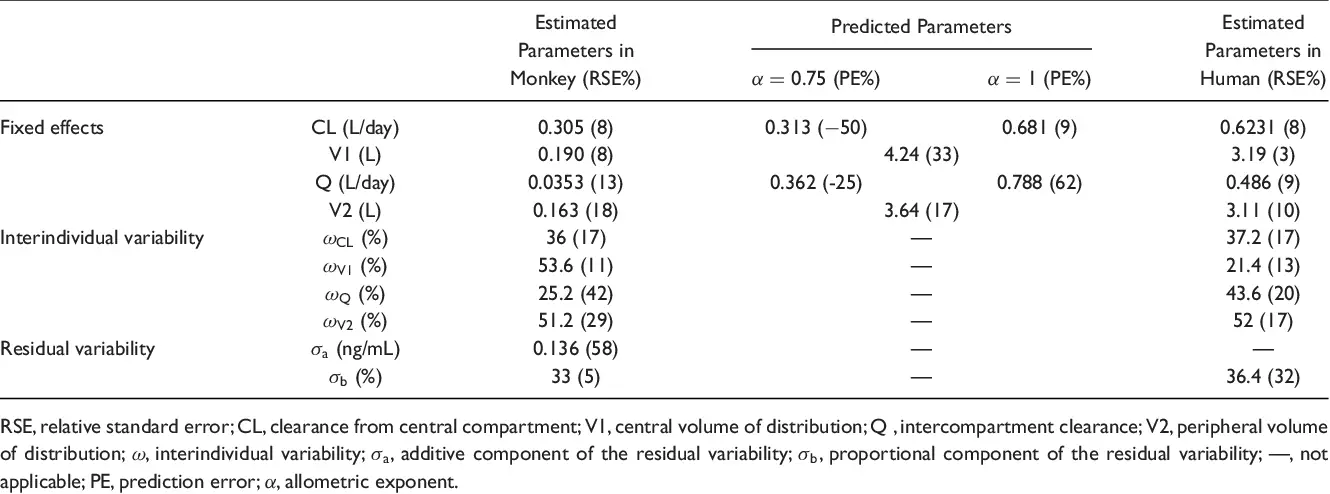

Chemotherapy has been a powerful method for fighting cancer for decades. One of the most effective therapies available, it is also known for weakening the patient and causing harsh side effects like pain, nausea, and hair loss. This is because in its zeal to attack cancer cells, chemo also kills healthy cells.
Enter antibody-drug
conjugates (ADCs). This promising anti-cancer therapy is designed to
specifically target tumor cells, leaving the body’s healthy cells unharmed.
Developing safe and effective ADCs is not without its difficulties, though, and
more of those challenges need to be overcome before ADCs can replace the role
of chemotherapy.
Pharmacokinetic-pharmacodynamic
(PKPD) scientists at the French pharmaceutical multinational Pierre Fabre are
doing their part. They have developed novel modelling and simulation-based
tools to guide the choice of the most promising safe and efficacious dosing
regimen of an innovative antibody drug conjugate.
On October 27, Dr.
Julie Desrivot Quénelle, PKPD Project Lead at Pierre Fabre, will give a
presentation on her team’s work in a free webinar titled “Model-based strategy
to guide the choice of clinical doses for ADC,” hosted by Olivier Barberan,
Director of Translational Medicine Solutions at Elsevier. It’s a great
opportunity to learn more about this important area of cancer research.
To join the webinar, register here.